Named after Italian artists Mario Merz, Fondazione Merz was established in 2005 as a centre for contemporary art, hosted in the restored former Lancia thermal plant in Turin. The Foundation aimed to promote the projects of contemporary artists, apart from hosting the collection of Mario Merz’s works. Celebrating its 15th anniversary this year, the Foundation is going to put on stage an all-female collective exhibition “PUSH THE LIMITS”, with the aim of investigating the ability of art to shift the axis of thought, perception and speech and to introduce new elements into the system.
LARRY’S LIST was in touch with Beatrice Merz, daughter of Mario Merz and the President of Fondazione Merz, who discussed the motivation behind creating the Foundation together with her father, the challenges and advantages of using a thermal plant as the foundation, her involvment in curating the exhibitions, the selection criteria of the Mario Merz Prize, the women artists to be shown at “PUSH THE LIMITS”, as well as her vision for the Foundation in the upcoming years.
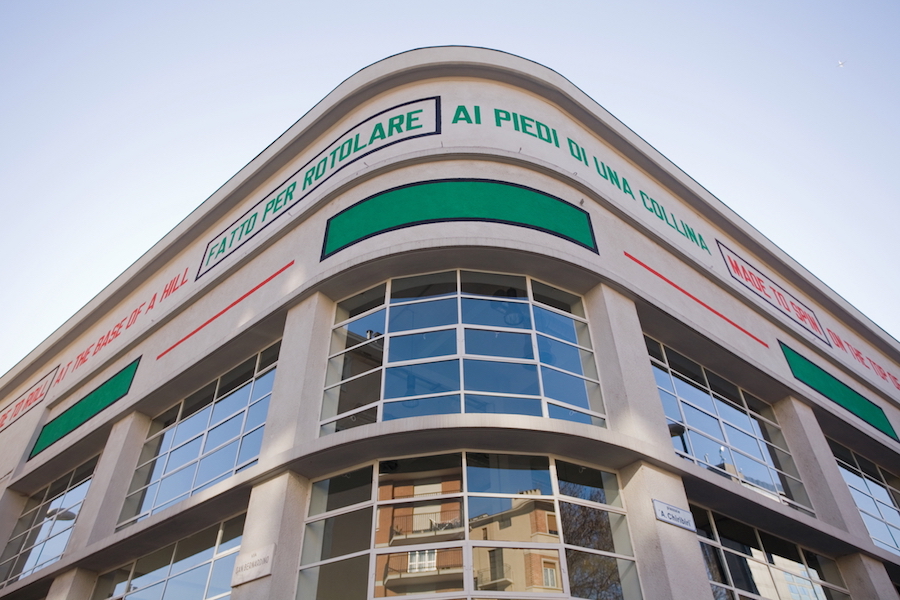
What is your motivation behind establishing the foundation with your father?
My father always pursued the idea of building a house for art, a home for artists, a sort of open warehouse-studio, not only to exhibit his works but, above all, to host other projects.
We had in mind a place of research, study, design, and sharing.
Why did you choose this location for opening the foundation there?
The space was granted to us by the City of Turin after we found it. We were looking for a particular and unusual space, certainly industrial, and above all in a non-central area of the city, a building with deep roots in the industrial heart of old Turin. It was easy to find it. At the time, as today still, with the industrial crisis in the city, many buildings were and are still looking for a new use.

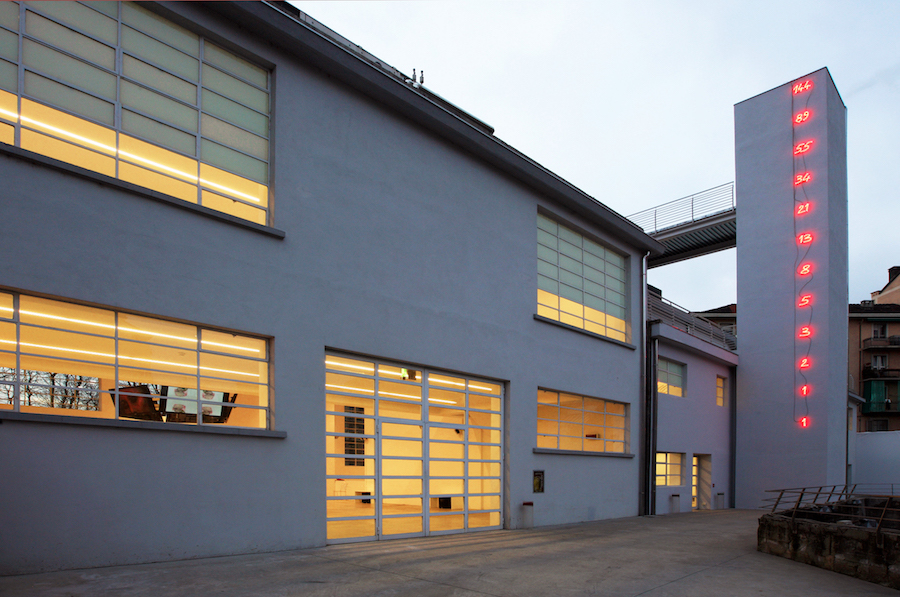
What were the challenges and advantages of using the thermal plant as the foundation building?
The space of the thermal power plant is certainly complex. Not being a space born for art, the artists invited to exhibit here can set a challenge to themselves.
This is also the challenge for us: that of choosing the right artists and not mistaking projects. From these choices and from the courage of the artists in getting involved, very unusual exhibition projects are born, and for me this is the advantage of this space.
What is/are the mission(s) of the museum/foundation? What are the ways to achieve this/these mission(s)?
Today the Fondazione wants to play its own role, that of a power plant for art, leaving its confines and expanding into human, cultural and geographic territories; from a simple exhibition or storage place it has turned into a complex creative platform.
From sedentary to migrant and polycentric, the Fondazione has a future that looks with great interest to the two broader areas of the Mediterranean and Central Europe, to the sum and contrast of its peoples and to the needs of its people.

How many artworks are there in the foundation’s collection? How often are they shown?
The Fondazione has no collection. Works owned by the family are exhibited on the occasion of Mario and/or Marisa’s exhibitions. An exhibition every two years is dedicated entirely to them. But, they are also included in the layouts of their works arranged to be compared with the projects of the invited artists. It is the artists who choose them.

Do you also collect art? What is your private collection focused on?
I don’t consider myself a collector. I occasionally purchase the works of the artists I exhibit, but I consider my ‘non-collection’ a sort of gallery of memories of exhibitions.
How much are you involved in the programming as well as the curating of exhibitions in the foundation? You also have some curatorial experiences. How do you work with the curators of the foundation?
It really varies a great deal. It depends on the programming we create annually. I tend to prefer to take care of exhibitions involving the Fondazione but not in Turin. In other cases, I invite curators to co-curate some projects with me.
I establish a relationship of extreme trust and dialogue with the curators, and I like to follow the evolution of the exhibitions step by step, discussing aspects with them and with the artists involved.


How does the Mario Merz Prize work? What are the selection criteria?
The award comprises several phases. A biennial call is launched to which the various sectors of trade professionals are invited to nominate artists. After this step, a selection jury identifies a short list of five who are invited to exhibit. A second jury plus the public vote decrees the winner to whom a personal exhibition is dedicated.
After analysing the artistic processes of the last two decades, characterised by a particular attention to historical, social and political changes, and having the awareness that the ‘creative world’ has among its missions that of bringing poetic reflection to the attention of humanity on belonging, the characteristics to be traced in the work and individual process of the artists and musicians selected for the short lists have been identified: internationality, energy and innovation, depth and generosity.

How is the programming in 2020? What are the special upcoming programmes that we definitely should not miss?
2020 is an important year for the Fondazione. We celebrate 15 years of opening the exhibition space.
For this reason, we have planned an all-female collective exhibition entitled PUSH THE LIMITS. A project, curated by myself and Claudia Gioia, which immediately declares the aim of investigating the ability of art to put itself constantly at the limit to shift the axis of thought, perception and speech, and introducing new elements into the system. Without forcing, without finalism and with no superfluous elements that are not those of the thinking and creativity of contemporary art itself, we explore an avenue of research to find a language that is aware and capable of telling the present. We invited 17 artists to participate in the project – Rosa Barba, Sophie Calle, Katharina Grosse, Shilpa Gupta, Mona Hatoum, Jenny Holzer, Emily Jacir, Bouchra Khalili, Barbara Kruger, Cinthia Marcelle, Shirin Neshat, Maria Papadimitriou, Pamela Rosenkranz, Chiharu Shiota , Fiona Tan, Carrie Mae Weems, and Sue Williamson— a polyphony of signs and experiences whose imagination speaks to us of the ability to make all the realities that are ‘beyond’ pass through the threshold of thought.
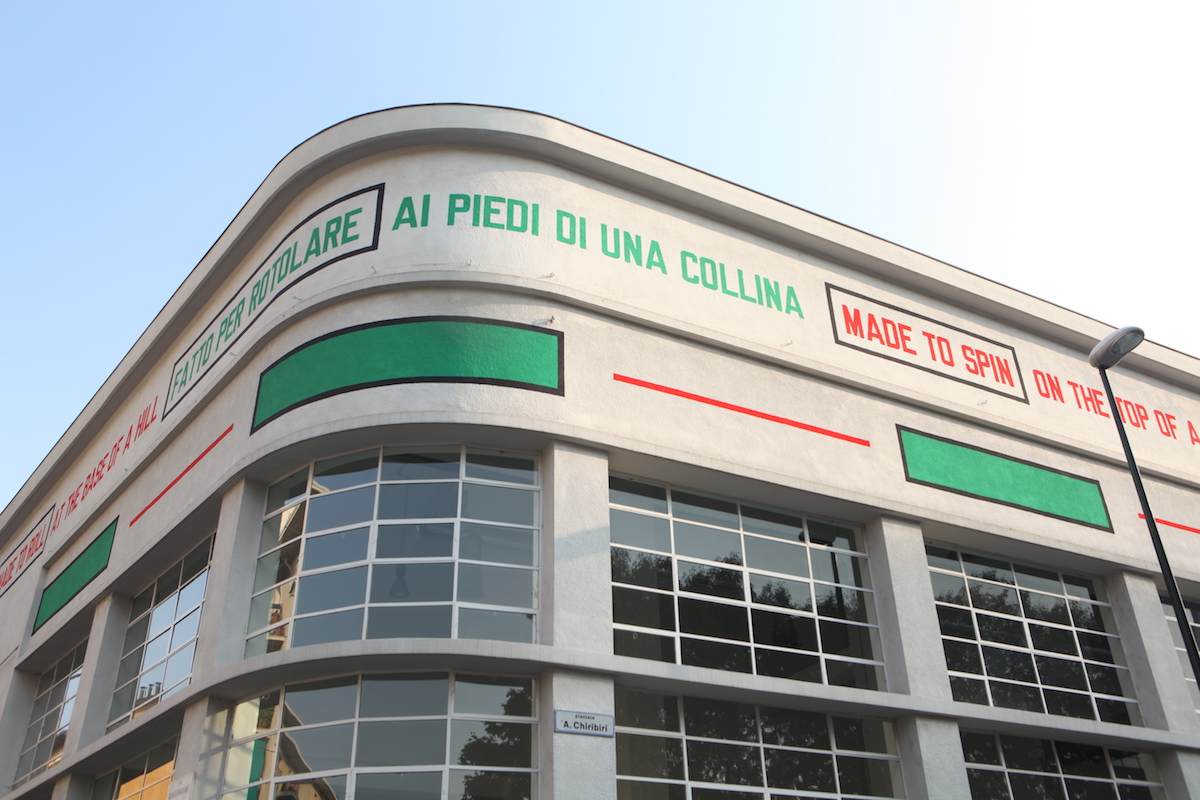
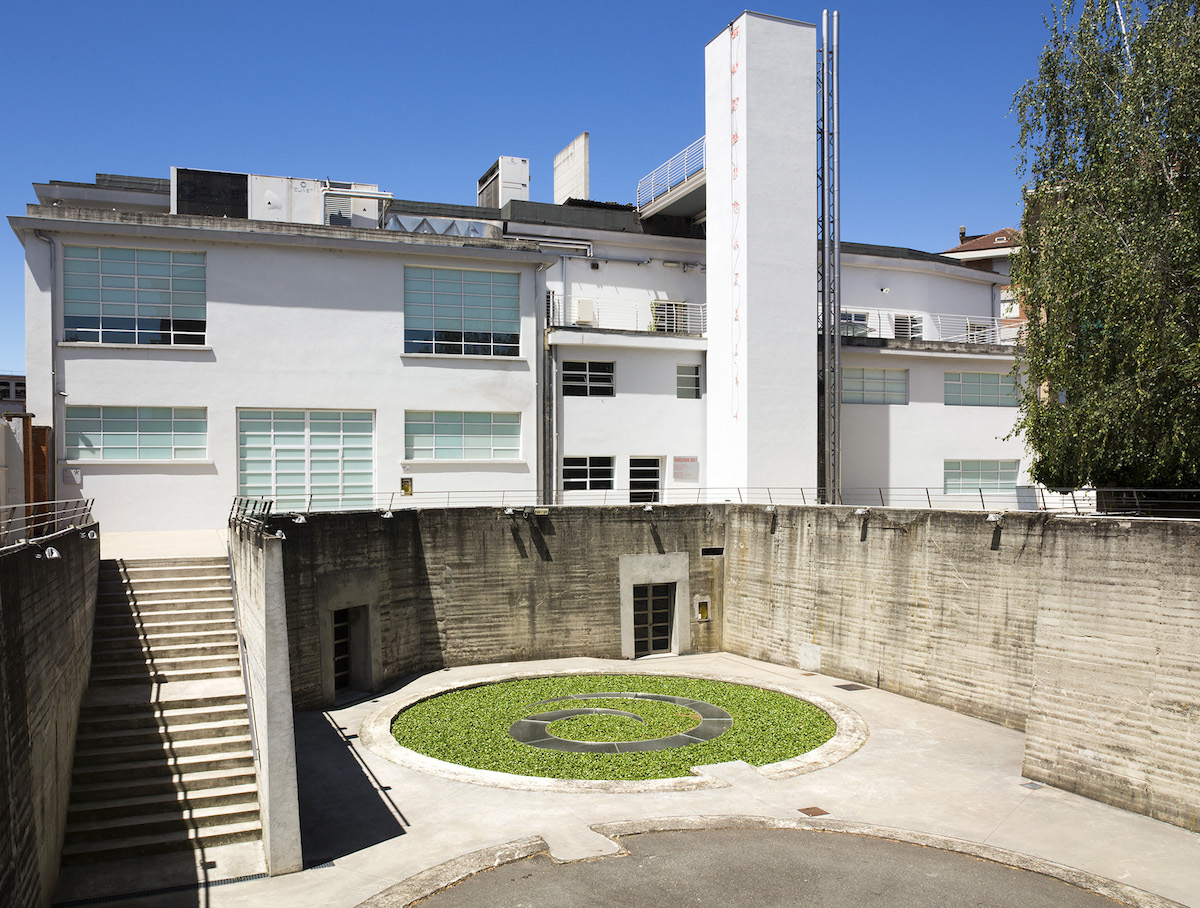
What was your happiest / most memorable moment since the foundation has been set up?
The thrill of seeing projects born are memorable moments.
If I have to mention a few besides the opening of the Fondazione itself fifteen years ago, the days with the fire ritual of the 50 Indian brahmins invited for the Wolfagnag Laib exhibition are unforgettable, as well as the exhibitions by Kara Walker, Christian Boltansky, Elisabetta Benassi, Alfredo Jaar, Wael Shawky… or more recently the “ÜberMauer” project in Palermo.
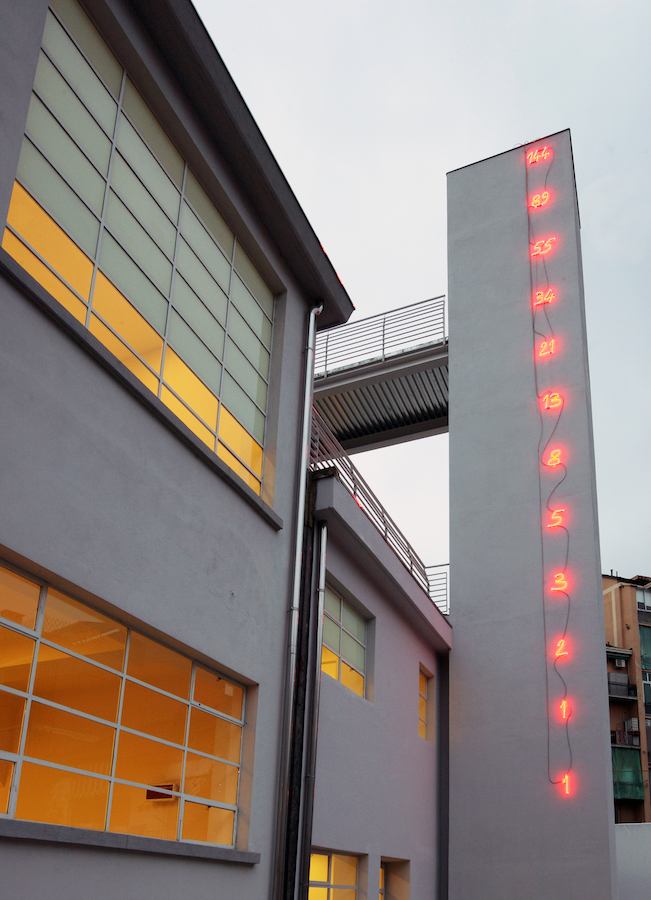
What do you think are the key elements that determine the success of a foundation?
The success of a cultural project like ours is determined by the relationship that is established with the players involved, be they artists, curators, writers or others. This close relationship of trust leads to seeing dreams come true and being able to transmit them.

Photo: Renato Ghiazza. Courtesy of Fondazione Merz.
What are your visions for the Foundation in the next five and ten years respectively?What is your advice to other collectors who may be thinking about building foundation/publicly accessible space?
I consider the Fondazione to be an evolving institution, and for this reason, I want to answer the two questions together.
After intense years of activities, exhibitions, concerts, meetings, we are embarking on a new phase. The place of the work, which has gone from being a “home of the artist” to a “home for artists”, has matured its role “born from a survival impulse” and has become aware and present instigator of new opportunities: programmes that have started seeing the light not only in Turin but also in other cities and other places.
The meeting place must find new strategies to appeal, and as regards dynamic, revolutionary, non-conservative cultural resistance, a binomial that seems contradictory to the conservation function traditionally attributed to the institution, but which, in fact, rounds off the static nature of the place of representing the past be desiring the eruption of the present.
The founding elements of a contemporary museum are connected to its logic of openness, both outwardly and in terms of reception and participation.
For this, it is necessary to ask oneself: in crisis situations, it is insufficient to move solely in terms of a cultural proposal. We must act through a real political act.
Therefore, it is necessary to reflect on the nature of the place of culture, starting not only from the possible visitors but from the role played by the artists themselves and their works, protagonists of the cultural space and of the civil construction project given by an institution.
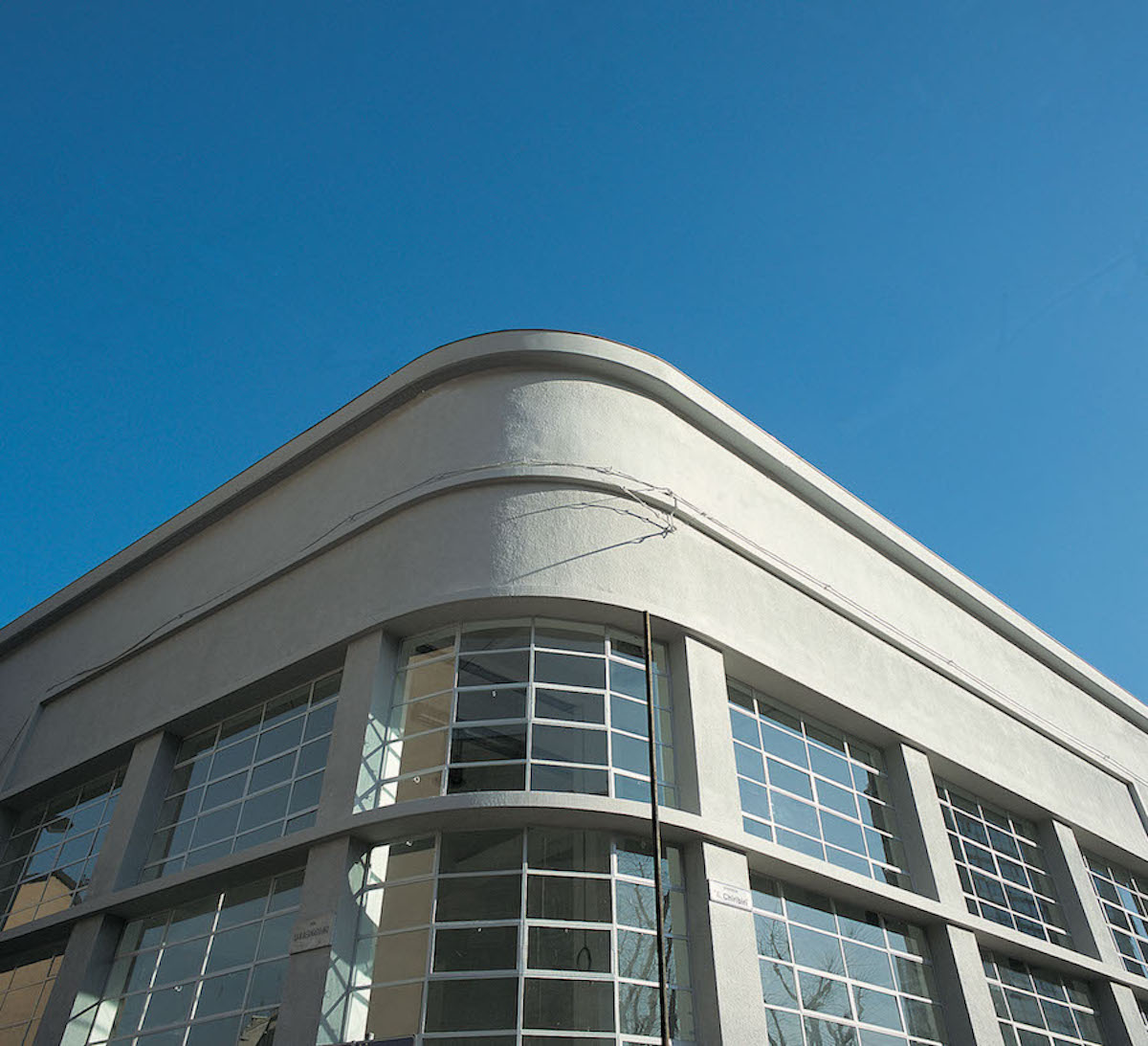
Related: Fondazione Merz
This ‘Private Museum Insights’ editorial series was born with the support of Phillips, a partner of THE PRIVATE ART PASS.





